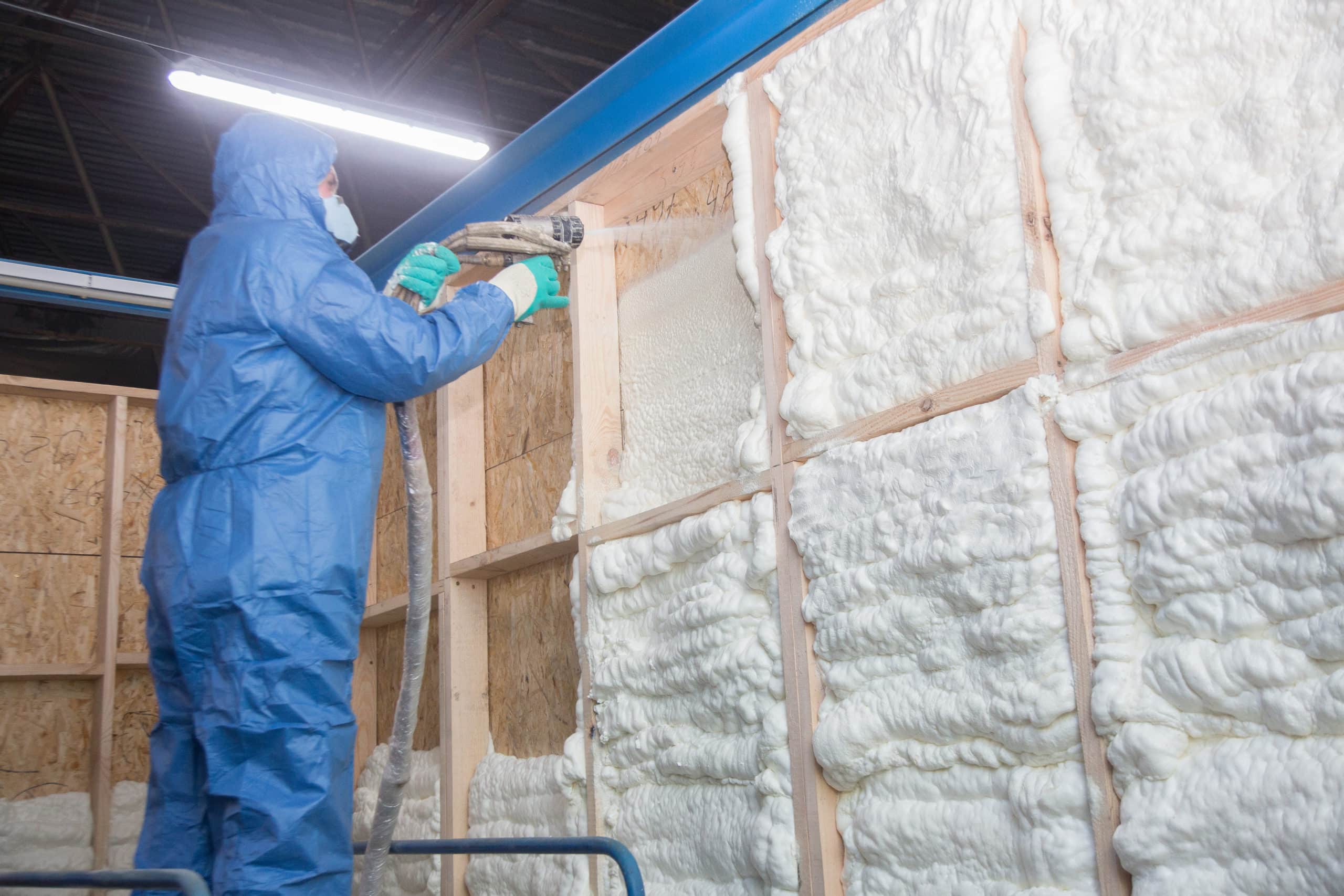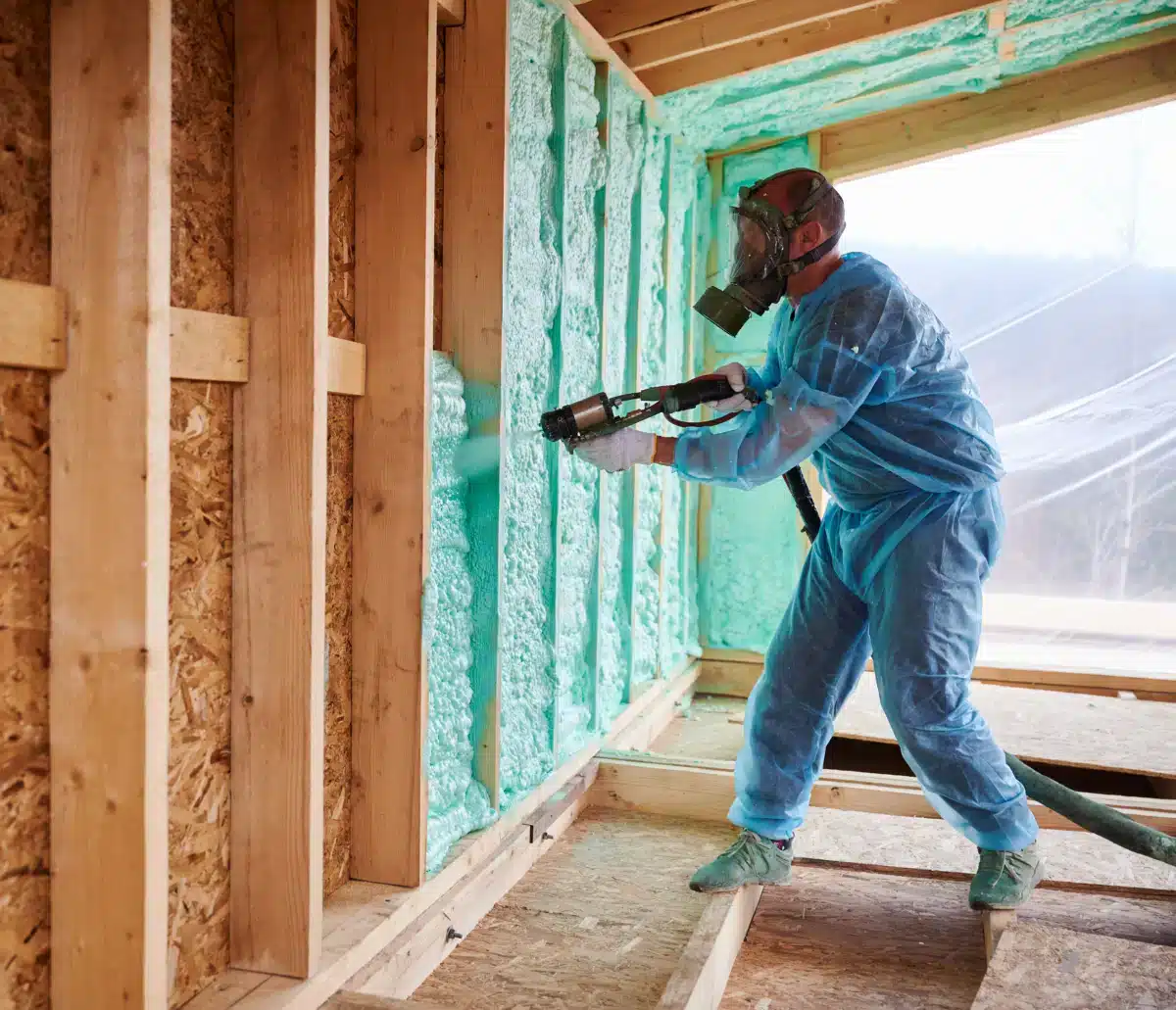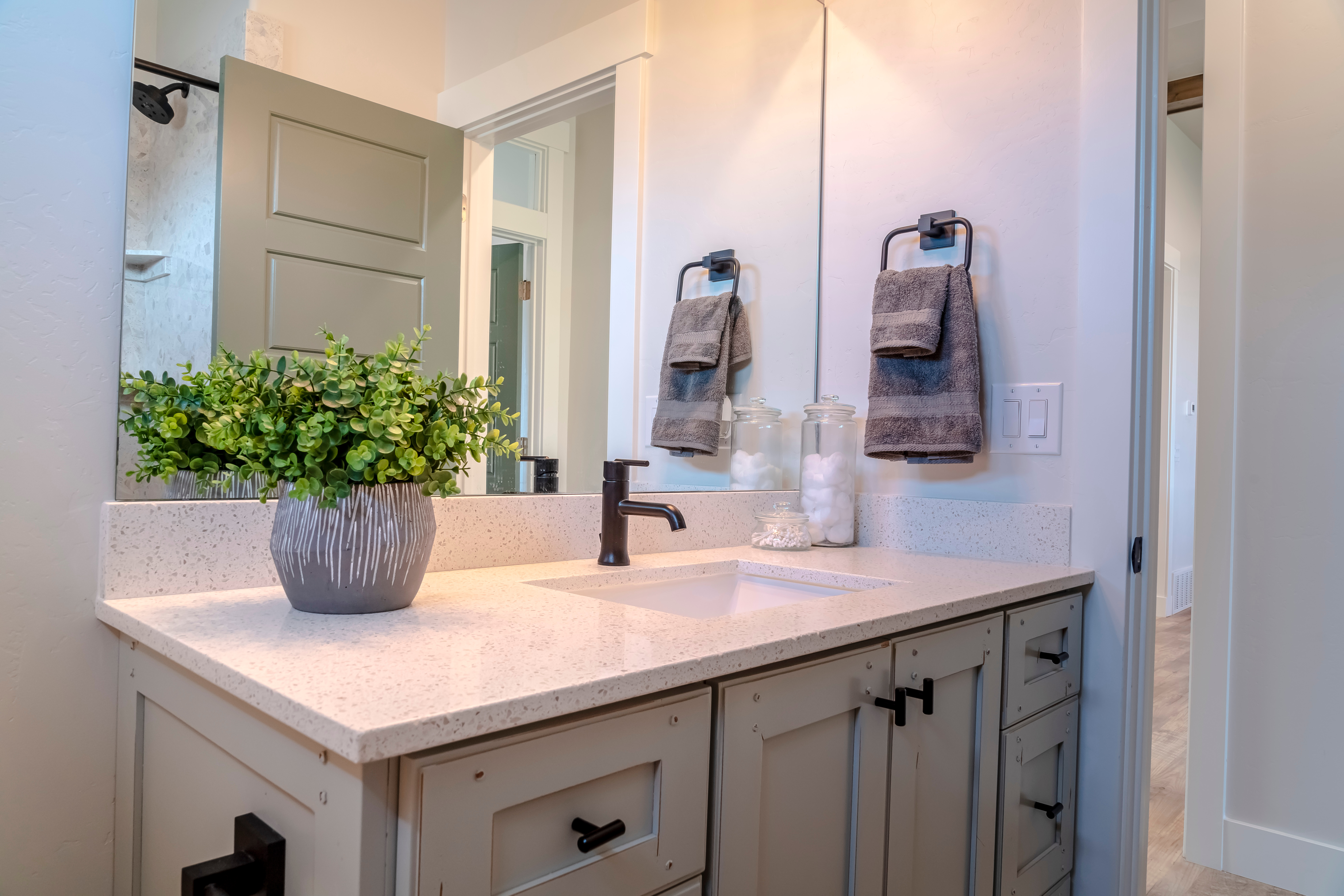Insulating your attic might not be as flashy or sexy as installing a new kitchen or adding a bathroom or investing in a high-tech HVAC system, but it is one of the best bang-for-the-buck ways to add value to your Connecticut home- or to save money on your home energy bill. I mean did you know that investing in the insulation for your attic will recoup an average of 86.1 percent of its investment in a New England home?
But what kind of insulation should you add, and how much? Is adding insulation to your attic alone enough to tame your energy bills?
Well let’s take a look at some home insulation basics:
- What insulation types and materials are available?
Insulation can be made of any number of materials, with categories ranging from batts and rolls to spray-in foam and concrete block. - Where should I put insulation in my home?
A home should be insulated from foundation to roof – anywhere where heated or cooled air may encounter outdoor air or an unconditioned space. Some key areas to insulate include the attic, duct system, exterior walls, any interior wall that is next to an unconditioned space, foundations, floors with cold spaces below (such as a crawl space or unheated garage), and ceilings with cold spaces above (such as an attic). - What is an R-Value?
An R-value measures the resistance of heat flow through the insulation; the higher the R-value, the more effective the insulation is. The R-value is depends on the type of insulation material, its thickness, and its density, along with where and how the insulation is installed. - How much insulation does my home need, and what R-Value should I buy?
Choosing the right type and amount of insulation for your home depends on factors ranging from the location of your home to the type of heating system you’re using.





